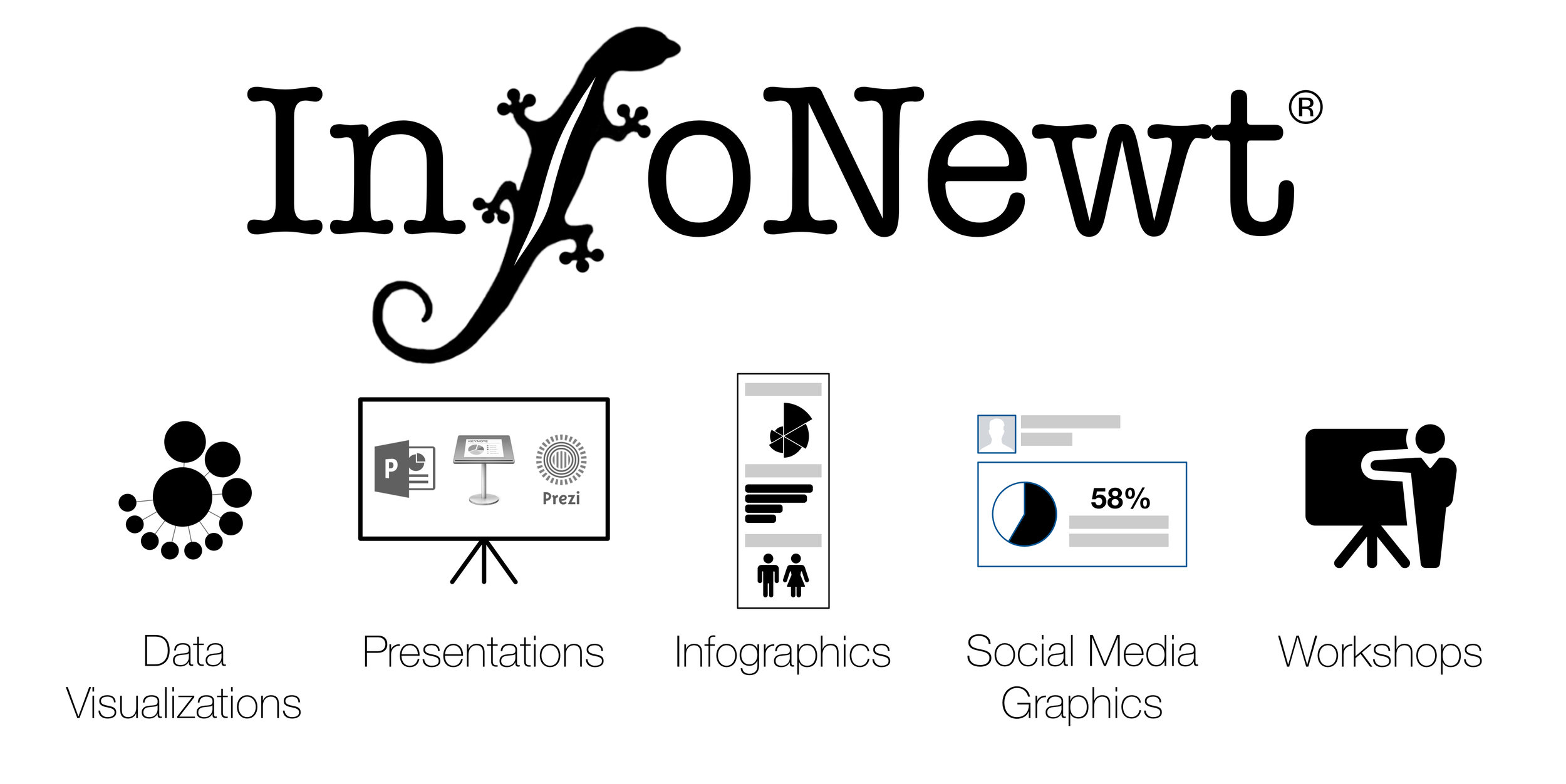Divergent Realities: The Difference Between 'VR' and 'AR'
If you have a business idea that uses either virtual reality or augmented reality, now is the time to look for investors. By 2021 both technologies are expected to be a $108 billion market.
Divergent Realities: The Difference Between 'VR' and 'AR' was designed for Lumus Vision (a company that designs wearable technology) by Now Sourcing and attempts to outline the key differences that set VR apart from its AR counterpart. It also breaks down some of the most popular hardware and software options, the inner workings of both technologies and the ridiculous amount of money they are expected to generate over the coming years.
This article was originally posted in Inc. Magazine, June 8, 2017 by John White.
Virtual reality has been around for decades - Nintendo's Virtual Boy anyone? But today's smartphones are being offered with VR capabilities, leaving developers scrambling to find new and innovative ways to make use of this hot technology that everyone with a smartphone has access to. Today The Discovery Channel produces Shark Week content with virtual reality users in mind, leaving many folks wondering where this technology is going.
Virtual Reality Is Hot Now, But It Is Being Replaced With Augmented Reality
Augmented reality combines the visual aspects of virtual reality with other sensory cues, such as haptic feedback and binaural audio. By 2021 both technologies are expected to be a $108 billion market, with augmented reality alone clocking in at $83 billion. In 2016 the development of augmented reality gear cost over $2.3 billion.
Even Apple is getting in on the augmented reality development boom - they recently released their own AR development kit that will make integrating AR content into existing technology easier. According to a CNBC report, "Virtual and augmented reality product company Marxent has been developing AR apps for Apple products for six years. The company's CEO and co-founder, Beck Besecker, called the announcement a "game changer" because it will help to embed the tech into everyday life.
"(This) could theoretically add a 4th dimension to how we experience the world. Once Apple starts integrating AR into the most popular apps, like email, texting, photos, maps, and music, it will bring AR into our lives in a deep and meaningful way on a daily basis." he told CNBC in an email comment.
First, I'm not a fan of the color scheme. The contrasting colors are harsh and actually detract from the credibility of the design.
Side-by-side comparison infographics are very common and this is a perfect use of one comparing these two very similar technologies.
Found on Lifehacker.com









![Hans Rosling: Visualizing Mortality History [video infographics]](https://images.squarespace-cdn.com/content/v1/5bfc8dbab40b9d7dd9054f41/1552972281168-5V94WW4APM3YB8LG4IFW/Screen+Shot+2019-03-18+at+11.10.15+PM.png)
